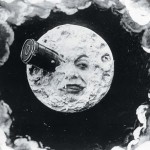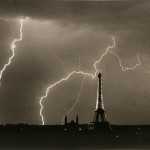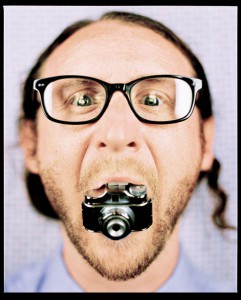Evans’ photographed people on the New York City subways between 1938-1941. He only published these photographs 25 years later in his book, Many Are Called, which was re-issued in 2004. Read a review about the new edition in the New York Times or listen to a radio interview of the book’s re-release and a related exhibition at the Metropolitan Museum of Art. Then look at some of Evans photographs on the Getty website or on Visualingual’s blog. What do you think of Evans’ clandestine approach to photography? Do you see similarities between the riders’ expressions during the Depression Era to today’s riders?
NPR interview with Met curator Jeff Rosenheim (audio)
Getty Collection of Walker Evans Subway Portraits
Visualingual’s Blog on Walker Evans’ Subway Portraits
Please post your responses and comments by Saturday, April 14.







